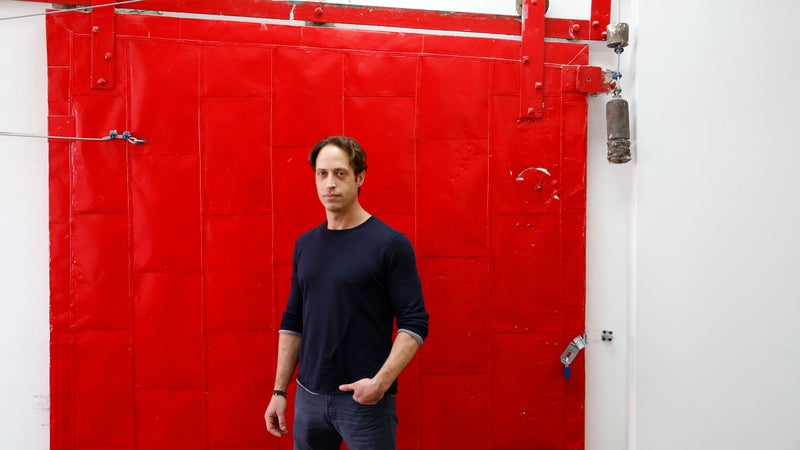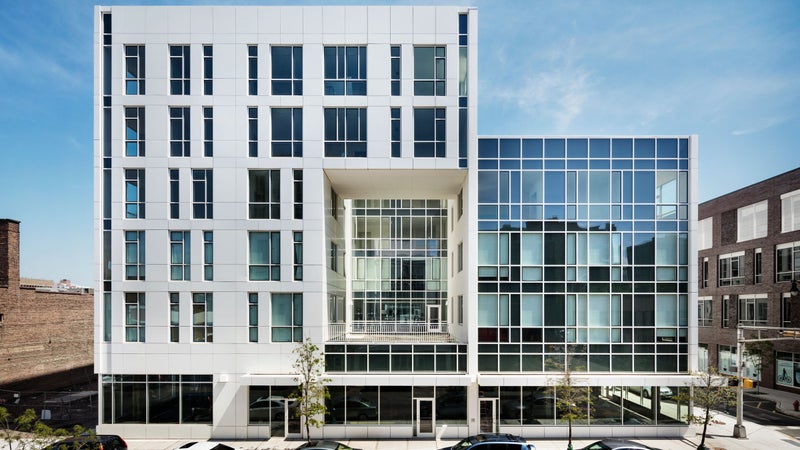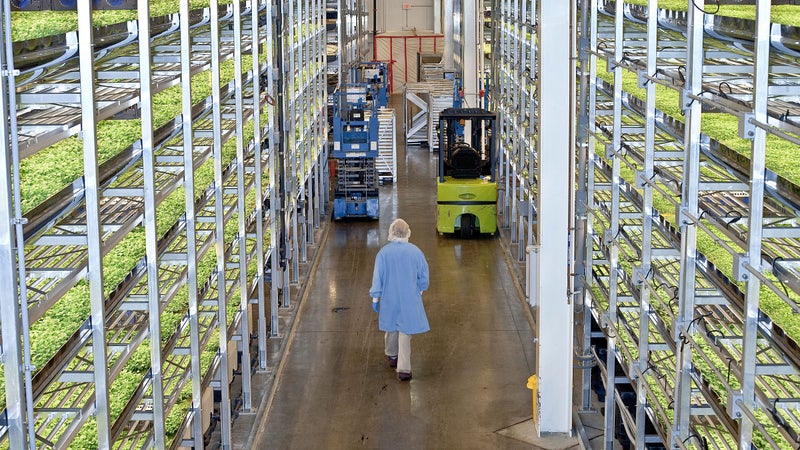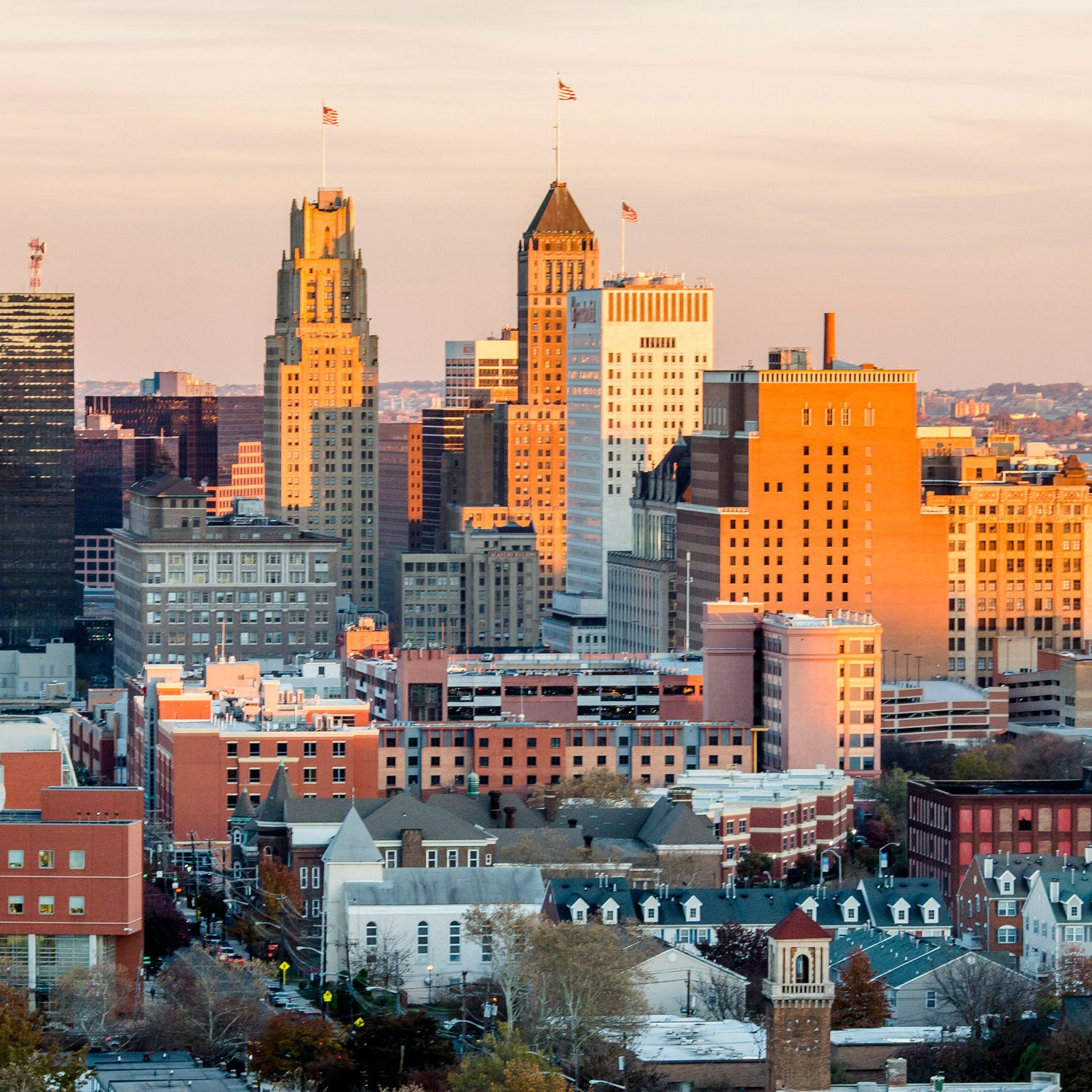Almost as long as there have been cities, there have been efforts to revamp their downtowns. But philosophies about how to do that are constantly evolving. In this era of gentrification, income inequality, and climate change, some of the most innovative ideas are coming from a surprising place——with help from a 45-year-old real estate developer named Ron Beit. His flagship projects—the smartly designed , which provides middle-income housing and curated retail for a community of educators in the city center, and , home to , the largest indoor aeroponic farm in the world—embody his belief that development should celebrate diversity and high-quality design while being affordable. We talked with Beit about where the fight to reinvent America’s cities has been, and where he sees it going.

“Real estate developer” really undersells what you and your company do. Perhaps you should come up with something cooler, like developer-activist or urbanization guru.
We are sort of an oddball. There are affordable-housing developers, and there are traditional real estate developers that know how to put private capital together. But there’s a middle ground, where you need to combine both skills. When someone asks me what I do, I describe my work as community-oriented, social-impact development.
Is this the future of development in downtown cores?
One hundred percent. Not only is your end user going to demand that kind of social impact, but it’s good for business. Real estate developers are tripping over themselves for assets right now. The only way they are going to make money is to go into tougher and tougher communities and actually help rebuild them in a way where both the community and the investors benefit.
How do you keep both investors and social activists happy?
I started as a property manager in New York City, and I always got the most troubled buildings, usually fractured condominiums and co-op boards where no one could get along. I built my career on bridging that gap. With every project, we have a differential between motivations, incentives, and goals, and it’s a balancing act. It takes a true understanding of each side’s position, and sometimes it takes getting people to move slightly off their position. Usually, that requires a very strong idea—like Teachers Village or Makers Village.

Why was Teachers Village such a good project for Newark?
We knew that if we set the bar high, other developers after us would follow suit. If you build one of these projects poorly and mess up a street, you’ve messed up the street for 100 years. Richard Meier, a world-renowned architect, designed three of the six buildings. People couldn’t believe we got him to do this in Newark, for New Jersey prices.
What lessons can other cities take from your successes?
In this country, we build a lot of expensive luxury housing, and we build affordable housing. But middle-income housing stock has been sorely lacking for decades. Providing housing for teachers, for instance, leads to the vibrancy of a city. Not to mention it helps recruit the best teachers to a community. We are currently constructing a second Teachers Village in . Our third one will break ground by the end of the year in , and we’re looking at , , , and .

Where do urban farms like the one at Makers Village fit into this?
We’re just the landlords and builders on that project, but we see it as a huge solution for everything from food shortage to water issues, as it uses 95 percent less water than a traditional farm. And then, of course, there’s the real estate end of it. The project was done in response to the community in an industrial area of the city saying, “We don’t want the trucks and all the noxious odors that we had in the past.” This was a green solution for an industrial property.
Are cities planning for growth the right way these days? What could they be doing better?
and , are doing great with housing across the board, but other cities need to implement strategies similar to the affordable-housing tax credit to promote middle-income development. We also need to promote small business more. In order to truly make yourself a destination, you have to curate a unique retail experience.
You once said that it starts at the heart and moves out through the arteries.
It’s important to create the greatest amount of economic impact by focusing on large-scale development in a centralized location. In past revitalization attempts, Newark had one project going on over here, another over there. Creating a cluster or a nucleus of activity creates momentum.
Describe the downtown of the future—and don’t feel constrained by existing technology.
Lots of small businesses, vibrant walkable streets. No parking lots and garages—we won’t need them anymore, because we’ll have superaccessible mass transit. In the next few decades, green construction will be so efficient that buildings will actually clean the environment.


